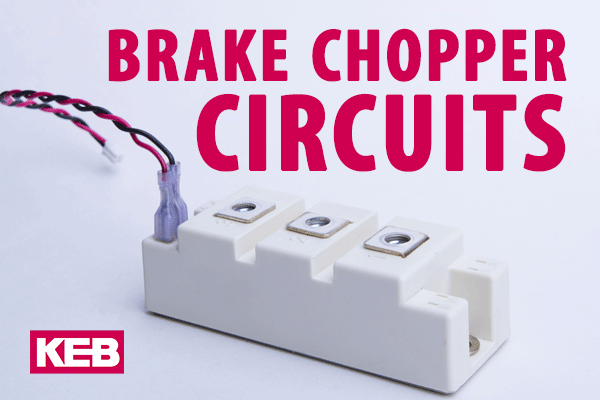When looking at different applications that use variable frequency drives (VFDs) and motors, there are some that require the motor to be run at slower speeds than the rated motor speed. One example of an application that might require this would be a relatively slow elevator that doesn’t need to run at the full motor-rated speed. Sometimes motor manufacturers will provide a set of motor data with the derated application data included. For certain applications with VFDs, this derated motor data is fine to enter into the drive, but for others, it can cause major issues, particularly derating induction motors.
For permanent magnet gearless motors (synchronous motors), derating the motor data in the drive is acceptable. These motors run at their synchronous speed, so there is a linear relationship between the motor rated speed, frequency, and voltage as well as between torque and current. If derated motor data for a permanent magnet motor is entered into a KEB Elevator drive, then the motor tune function can be completed as usual and the drive will operate the motor as intended. The motor tune will still measure the different properties of the motor correctly and create a motor model internal to the drive that is used to control the operation of the motor at various speeds.

Induction motors (asynchronous or squirrel-cage motors) behave differently than permanent magnet motors. Due to the design of the motor, it operates at a rated speed less than the synchronous speed, by a difference known as the slip speed. Because the motor has this slip speed, there is not a linear relationship between the motor speed and frequency (based on the number of motor poles). The slip is what allows an induction motor to produce torque.
When running an induction motor, the drive provides magnetizing current to the motor in order to maintain the magnetic field that provides the necessary torque. The drive also provides a phase current to the motor that allows the motor to run. If there is an application where a derated rated motor current value is entered into the drive, the drive will correspondingly limit the magnetizing current in the motor model internal to the drive. This causes the motor to run with more slip to compensate for the lower magnetic field, which actually results in a higher operating current. This may seem counter-intuitive that lowering the motor rated current in the drive would result in a higher operating current. However, due to the lower magnetizing current in the motor model, derating the motor data for an induction motor would lead to an increased phase current draw.

The best thing to do with an induction motor that is intended to operate at a lower speed while using a KEB VFD is to enter the actual nominal rated motor data into the drive, including the full load rated motor speed (not the synchronous speed), as opposed to the derated application data.
With this data, the drive can create an accurate motor model without limiting the magnetizing current. In this case, the drive must be sized according to the nominal motor rated current. This is due to a limit of 110% of inverter rated output current which can be entered for motor rated current. So, it may not be possible to downsize the drive based on derated motor current for induction motors.
If you need assistance with derating an induction motor, contact a KEB America engineer and we can help you get things running smoothly.
Let's Work Together
Connect with us today to learn more about our industrial automation solutions—and how to commission them for your application.





